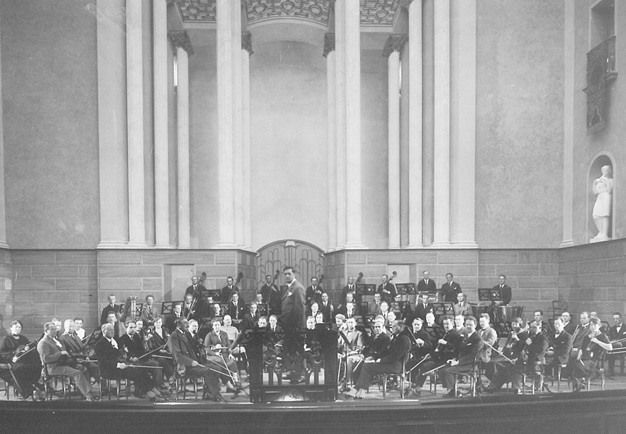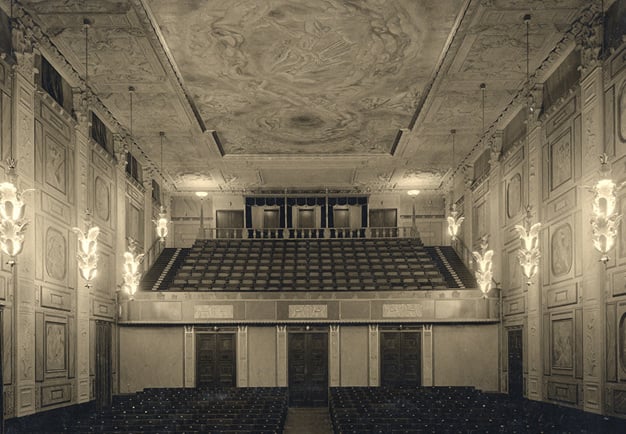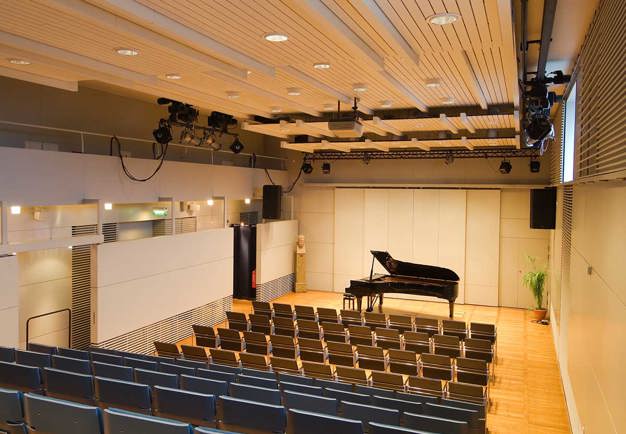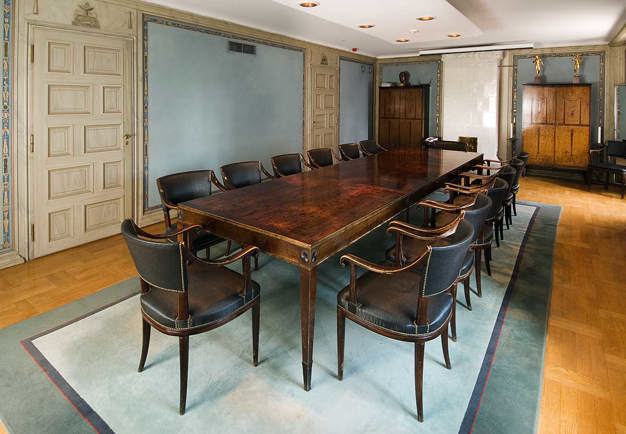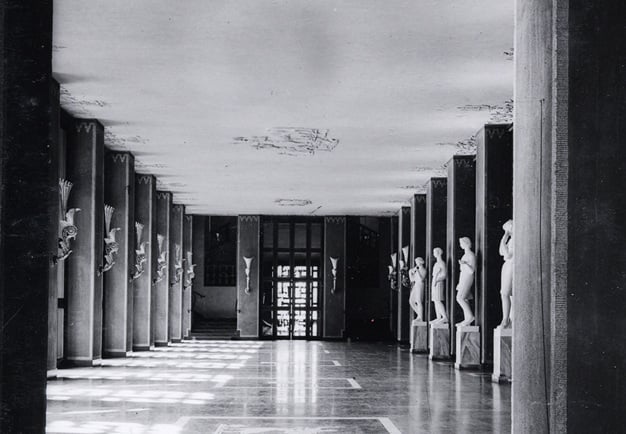The Building
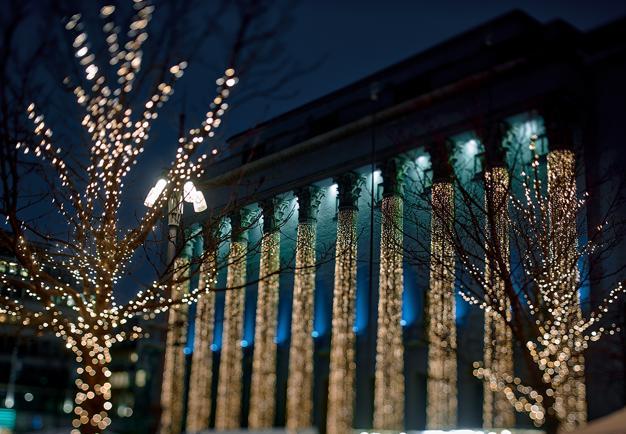
Home to the Royal Stockholm Philharmonic Orchestra, the blue concert hall at Hötorget is one of Stockholm’s most recognisable buildings. The venue hosts over 200 concerts each year, including orchestral and chamber music, jazz and world music, exhibitions and other events, while once a year, the global spotlight falls on Konserthuset Stockholm and the orchestra during the Nobel Prize Award Ceremony.
A temple in honour of music
Konserthuset Stockholm is one of Sweden’s foremost architectural masterpieces. Opened in 1926, it was conceived by the architect Ivar Tengbom during a productive period in the history of Stockholm. Konserthuset Stockholm was built in order to provide a base for the Royal Stockholm Philharmonic Orchestra and host the Nobel Prize Award Ceremony, among other events.
The Stockholm Concert Society was formed in 1902 with the aim of arranging regular concerts in the capital. The orchestra then performed at the somewhat run-down Auditorium at Norra Bantorget, among other venues, and there was a growing need to find an independent base. After raising funds and organising a lottery, there was enough money to organise an architecture contest, which was won by Ivar Tengbom, the young architecture professor.
A site was chosen at Hötorget’s market stalls among the run-down, drab, low-rise buildings in the area, and a classical Greek temple would emerge in the honour of music, according to Tengbom’s firm vision. Konserthuset was constructed between 1923 and 1926. The building is one of Stockholm’s foremost examples of neoclassicism, an era when the spirit of democracy was strong, and drew stylistic inspiration from the cradle of democracy itself – Athens.
The venue’s ample, “democratic” audience capacity was unique at the time, with different social classes entering through the same door before taking their seats once inside. This was not the case, for example, at the Royal Dramatic Theatre and the Royal Swedish Opera, where those from different social backgrounds were kept apart.
Since opening, Konserthuset has been the base of the orchestra first known as the Stockholm Concert Society, which was later renamed the Stockholm Philharmonic Orchestra. It has been called the Royal Stockholm Philharmonic Orchestra since the start of the 1990s. The Nobel building envisioned by the Nobel Foundation at around the same time Konserthuset emerged was never built, and ever since 1926, the venue has played host to the Nobel Prize Award Ceremony on 10 December each year.

